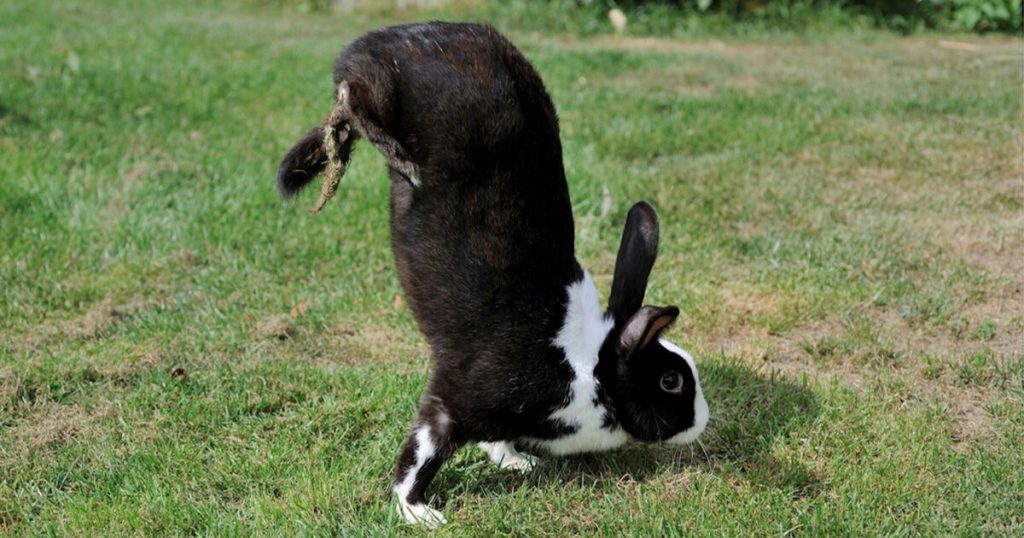Some rabbits can’t hop, and a single gene is the reason why. Mutations in this gene cause defects in the rabbits’ spinal cords, which mean they can’t coordinate their limbs well enough to perform a hop.
For years, researchers have been talking about a genetic anomaly. According to an article published on the scientific journal PLOS Genetics, a genetic mutation causes a malfunction in the nerve cells that coordinate messages from around the body to other muscle groups, which is key to a balanced gait.
Researchers at Uppsala University studied a strain of domestic rabbits called sauteur d’Alfort, also known as Alfort jumping rabbits. Unlike most rabbits and other hopping animals like kangaroos, the sauteur d’Alfort bunnies can’t perform two-footed hops, known as “saltatory locomotion”.
After their first few months of life, the rabbits learn to compensate for this by walking solely on their front legs, arching their backs to stick their hind legs into the air.
The way that an animal walks, called its gait, is a surprisingly complicated process. Muscle groups in all four limbs have to work together to maintain the balance and speed required for each kind of movement. Humans might walk, run or skip, while bunnies can take small, slow steps or take huge leaps for a burst of speed.
To discover the origin of the animal’s anomalies, the team of researchers bred the jumper Alfort with rabbits that jump normally and sequenced the DNA of their descendants. They found that the rabbits that ended up being bipedal had a mutation on the first chromosome; specifically, a distorted gene called RORB, which results in a protein of the same name.
Many other genes play a role in locomotion and gait, and their effects will often be subtle, says the research. RORB is a rare case where a mutation in a single gene produces a dramatic effect, revealing part of the underlying system.
